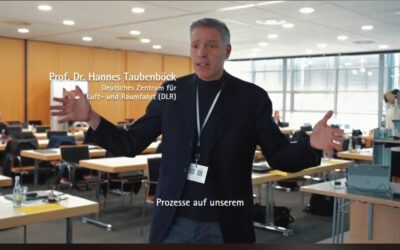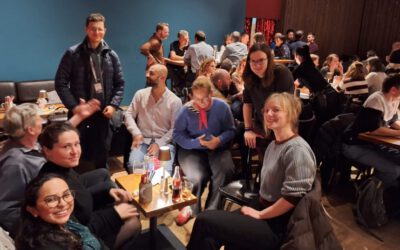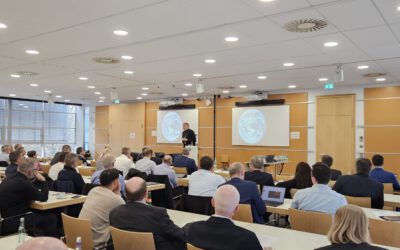A project meeting of the “Super Test Site Würzburg” core team, i.e. from the University of Würzburg, the Karlsruhe Institute of Technology, the Friedrich-Alexander-University Erlangen-Nürnberg and the German Aerospace Center, took place on the 6th of November 2024 at EORC in Würzburg.
The diverse data sets measured in our campaign in June (we reported on the campaign: https://remote-sensing.org/super-test-site-wurzburg-from-the-idea-to-realization/ and https://remote-sensing.org/super-test-site-wurzburg-project-meeting/ ) as well as first conceptual approaches and empirical results were presented. The work shows how essential heterogeneous data from different disciplines is in order to understand urban space more holistically. However, it also becomes clear that new concepts and methods are needed to carry out these interdisciplinary analyses.









